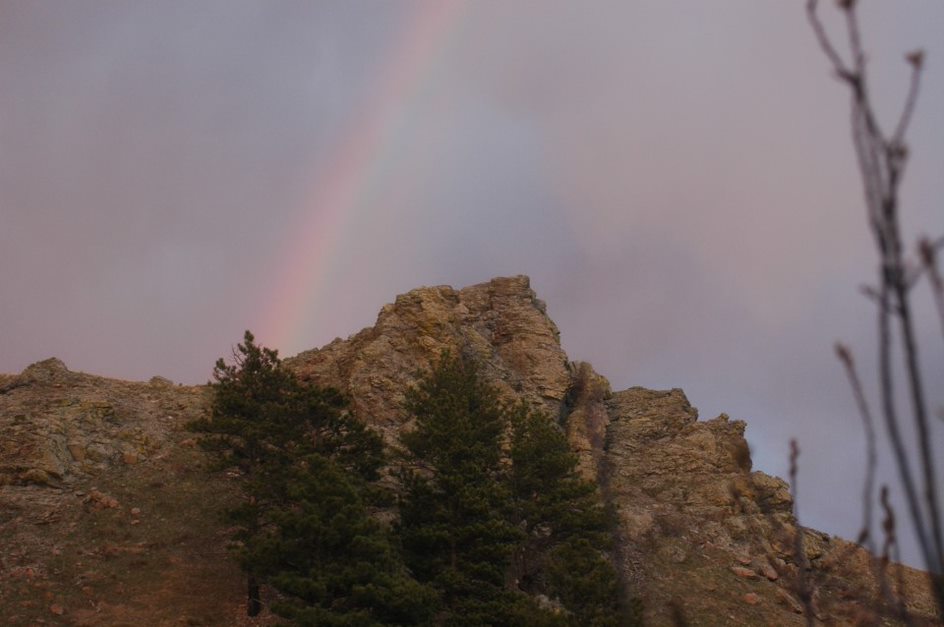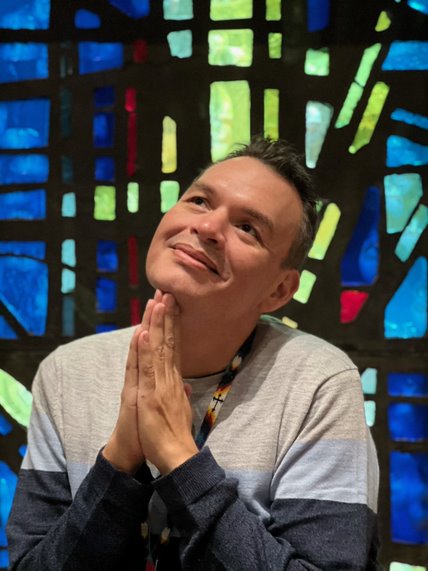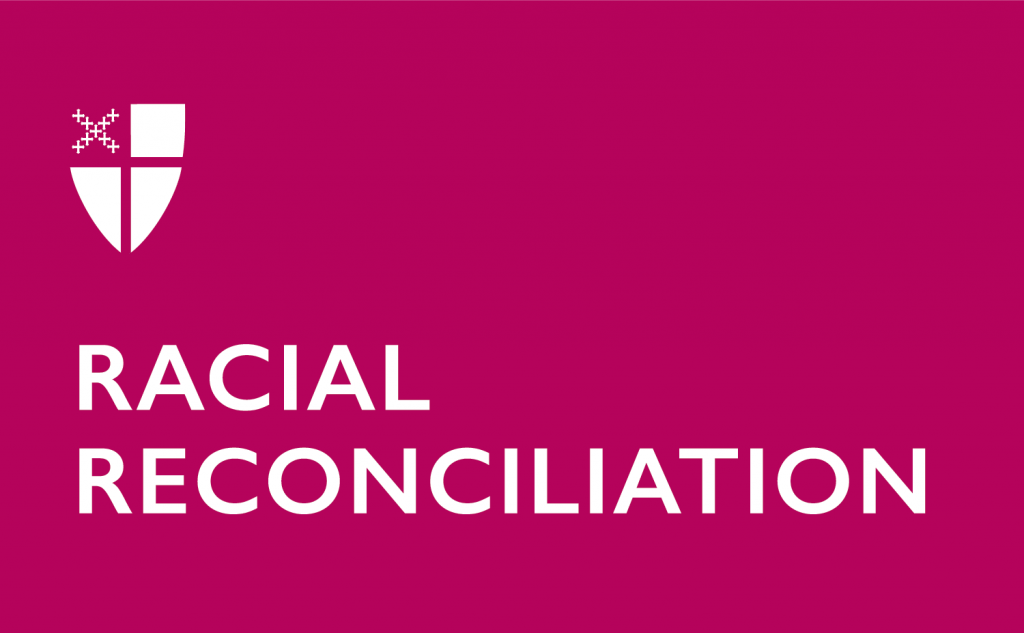Crying for a Vision
by the Rev. Isaiah Shaneequa Brokenleg
Hello Friends,
We have begun the season of Lent. The last Gospel reading before Lent is the Transfiguration, when Jesus went up on the mountain to pray and experienced radical change. In Hebrew and my Lakota culture, we think of buttes, mountains, and high places as having special sacredness or of being a place where one can easily encounter the holy.
As Lakota people we go on the hill to hanbleciya or “cry for a vision,” what others call a vision quest and what Indigenous people often refer to as “going on the hill.” It is a time, place, and space where we communicate with the sacred and seek guidance.
To go on the hill, typically a person works with a spiritual leader who provides direction. When it is time, the person will go up the butte alone for 1-4 days fasting, praying, and singing. Sometimes they are visited by spiritual guides. Sometimes they speak with spirits who bring messages from the Creator. Sometimes they experience silence.
I think of Lent as a time for hanbleciya, a time for going on the hill. For some, it is a time to recharge, to gain clarity or direction in life – just like Moses and Jesus. For some, it is a space to lament and heal. We call it crying for vision, because we can be alone, cry out and ugly cry all we need to … and God hears those cries.
For some, being up high allows us to see things from a different perspective, literally and figuratively. When we’re in the thick of a situation, it can be hard to see what’s going on. When we are trying to get from point “a” to point “b,” we can’t always see how to get there. Going on the hill allows us to map or see the whole picture of where we are and what’s all around.
For some, hanbleciya is a way to find an answer to a question. When we are struggling with the uncertain, we need to let go of day-to-day matters that bog us down and cause us to lose sight of the question or what even caused us to ask it. We take time to sit quietly with creation and with the Creator, to listen for that still small voice.
And for some, especially those dedicated to the ministry of reconciliation, we go on the hill for a vision of right-relationship and how to get there. I speak here of right-relationship with ourselves, with creation, with each other, and with the Creator. Going on the hill can help us see the brokenness in our own lives and all around, and then to see how we can repair and build those connections and relationships.
This Lent, maybe it’s time for us to go on the hill. Maybe it’s time to cry from the pain we’ve experienced and begin to heal. Maybe it’s time to fast from those things that keep us from seeing the sacred in one another. Maybe it’s time for us to step away from the day-to-day cycle of life and take some time with ourselves and with God. Maybe it’s time to look at things from a different perspective. Surely it’s time to think about our brokenness and how we might reconnect and reconcile – as individuals but also as families, congregations, denominations, and society.
Regardless of why we go up on the hill and what happens there, we all have to come back down the hill and return to society, return to the relationships that need repair, and return
to the work God is calling us to. Every time we come down, I hope that we can see each other the way God sees us. I hope that we can see the sacred in one another, and I hope that we can see the sacred in ourselves.
Blessings on our Lenten journey toward Beloved Community,
Shaneequa+

Bear Butte

The Rev. Isaiah Shaneequa Brokenleg

